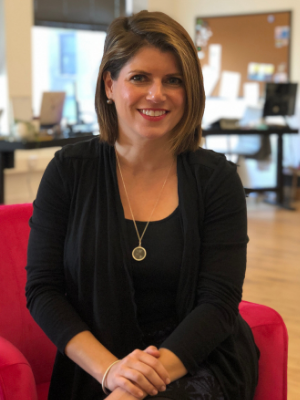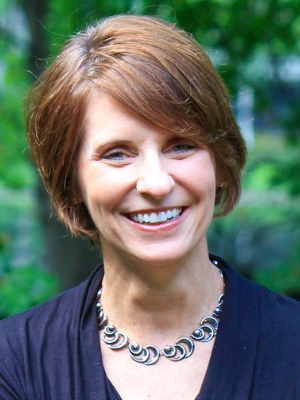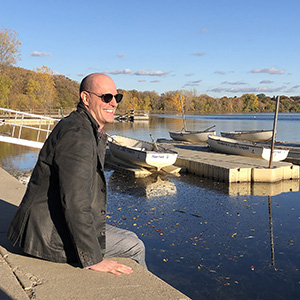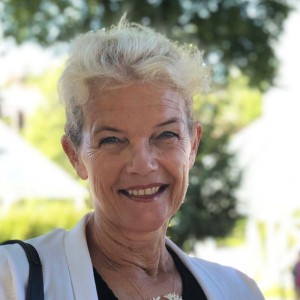The U’s ExperienceChange™ Simulation allows change managers at all levels to test their preparedness to oversee system-wide change and develop a high-functioning team
In our quickly evolving business climate, organizations need to be nimble and continually adapt to new ways of operating. Change management is the process of guiding personnel through the transitions that come with changes in technology, business models, leadership, or organizational structure, all of which require buy-in from those who will be implementing and adopting the change.
Recently, the College of Continuing and Professional Studies added a course to its professional development portfolio that allows change managers at all levels to test their preparedness to oversee these types of systemic changes. In the ExperienceChange™ Simulation, participants form teams and role-play using interactive software, starting with identifying the problem, assessing needs, interviewing stakeholders, and choosing from a host of tactics to implement. The course is the capstone of the Organization Development Certificate, as well as an elective in several other programs (see list below), and would benefit anyone who deals with change on any level, says course instructor Nan Gesche.
“It’s the perfect capstone project because you get to practice so many of the things you learn through the program, where you’re learning about change and about staff development and human reactions to change, “ says Gesche, who had to become certified by the software vendor, ExperiencePoint, to lead the course. “It mirrors what happens in life, where change involves influencing a diverse set of people and making tough choices, all while managing time and budget.”
"It’s the perfect capstone project because you get to practice so many of the things you learn through the program."
— Nan Gesche, course instructor
“Of all the courses I’ve taken at the U, that is the one that has stuck with me the most,” says Tracy Shantz, who oversees training for national roofing materials company CertainTeed. “In manufacturing, we have a lot of new processes and procedures. So I’m fascinated with the theories and the process of change, how to keep people on track, and how we can make it better and easier for people.”
Shantz coordinates the standardization of training at roofing plants across the country and says the course gave her some valuable tools to carry out her job. “I really got some practical experience with getting to know your stakeholders—those who are going to be affected by the change—and getting their perspectives and buy-in, which you absolutely have to have when you’re making a big change.”
Laura Monn Ginsburg, who co-operates Apparatus, a consulting business that advances social justice and environmental issues in the political arena, took the course as part of the Organization Development Certificate program. “I felt the simulation did a good job of portraying how people would act in the situation. You got these video interviews with virtual staffers, which was really helpful because you got to hear different perspectives. You truly felt like you were talking to just that person and hearing from them and understanding their place and their attitude about the change you were proposing. Some people were standoffish and some people were brusque and some people were helpful and charming, just like real humans.”
Gesche, a 20-plus-year veteran change manager and trainer, says the simulation gives participants a more realistic idea of what it takes to make big changes. “Change is exceptionally complex. Where this simulation excels over others is that the company gamified it and made it very tactical. In the Organization Development Certificate program, you learn about the seven stages of change. That’s great but, when it comes down to it, what do you actually do? What are the actions? The simulation is set up to help you learn, in a practical, hands-on way, which tactics to use at which stage. And it lets you know if you’ve made a mistake.
“It’s a great way to understand the cost benefit of using the tactics you’ve chosen,” she says. “But it’s not just about how fast you can make decisions or how much money you can save. After the simulation we have a debriefing, where we talk about how they managed their team and how team members interacted when trying to make decisions and prioritize the tactics. Did everyone feel heard and engaged or did somebody dominate the process? Because that’s part of the project manager’s or change agent’s job, to not only get the work done but to develop a high-functioning team.”
The ExperienceChange™ Simulation is the capstone of the Organization Development Certificate. It is also offered as an elective in the Human Resource Generalist and Supervision certificates.









